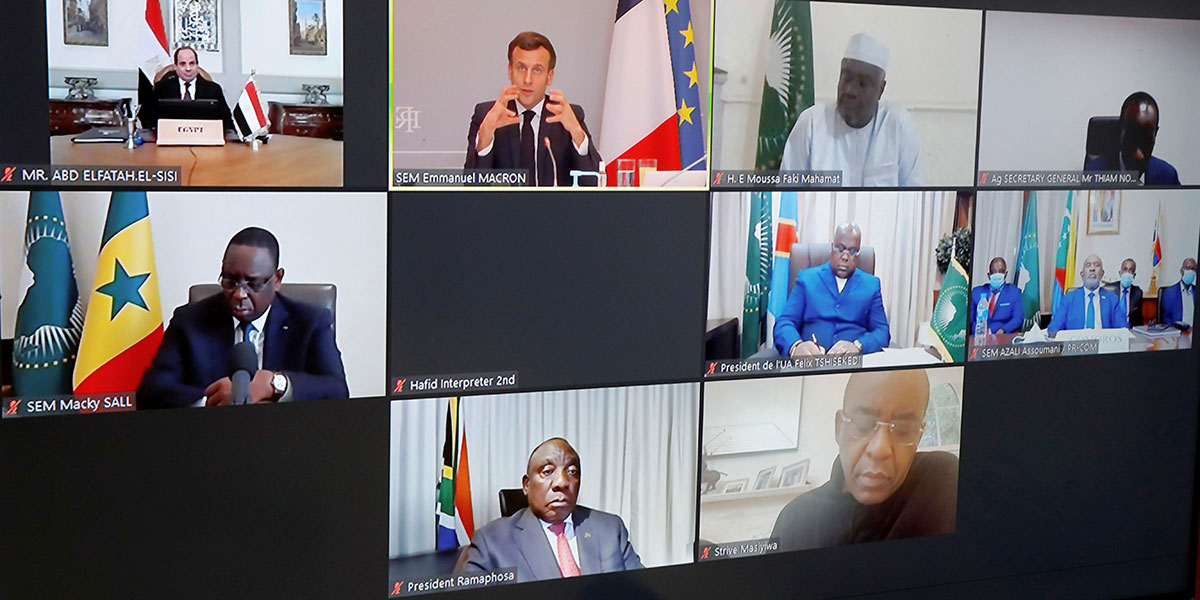We have all experienced the complexities and uncertainties that this pandemic has unleashed. It has upended our sense of what is normal and challenged the reach and relevance of existing institutions and their hierarchical structures. More importantly, it has ushered in a paradigm shift in the way we conceptualize and enact leadership. In countries where responses to the virus have produced sustainable outcomes, collective or system leadership was on full display. The success is invariably attributed to leaders who have recognised that in the real world nothing happens in isolation; everything exists in a relationship of mutual dependence. These are leaders who have shown their ability to move from top-down to team-centric style of leadership. Through deep and reflective listening they have allowed networks of trust, collaboration and co-learning to flourish and multiple versions of the truth to emerge.Such leaders tend to also be proficient in bridging the gap between science, policy and practice and between the head, the heart and the hand enabling them to chart a course of action that is both decisive and compassionate. One of their greatest contributions comes from the strength of their ignorance, which gives them permission to ask probing questions and empower others closest to the problem to furnish the answers.
In countries where responses to #COVID-19 have produced sustainable outcomes, collective or system leadership was on full display.
Tweet
According to Peter Senge and others, there are at least two core capabilities that system leaders develop in order to foster collective leadership. The first is the ability to see the larger system rather than the parts that are most visible from their own vantage point. The second capability centres on shifting the collective focus from reactive problem solving to co-creating the future. Artful collective leaders help people move beyond the tyranny of the urgent to building positive visions for the future. This shift involves facing difficult truths about the present and learning how to use the tension between vision and reality to inspire collaborative action.
Much has been written about these leadership capabilities and the tools that support their development. But little has made its way to those engaged in efforts to bring about positive change in times of global crises or in contexts suffering from severe peace deficits. In the remainder of this article, I will explore how the practice of collective leadership can help lay the foundations for self-sustaining peace where peacebuilding efforts have fallen short. In peacebuilding circles, the sustaining peace narrative posits the existence of an ecosystem that can simultaneously prevent the outbreak of violent conflict and proactively foster conditions of stable peace.
Collective system leadership for sustaining peace would start with the science of peace which over the past decade has empirically identified and measured the attitudes, structures and institutions that are associated with sustainably peaceful societies. One of its findings is that in order for peace to take root we need to free our thinking from the linear causality syndrome that perpetuates the notion that if we understood and treated the pathology of conflict and the discrete drivers that sustain it, peace would ensue. At best, such linear thinking would only yield half of the peace.
This has led many scholars and practitioners to question the powerful assumptions underpinning certain peacebuilding practices such as that of analysing the “root causes” of conflict. While such an analysis may be important for targeting certain peacebuilding interventions, attempting to understand the causes of a problem often involves looking backwards and apportioning blame, hardly a recipe for repairing broken relations or rebuilding trust.
Unless we learn to develop and nurture an endogenous, collective leadership for peace, the African continent will continue to be a graveyard of well-meaning, short-term outside interventions.
Tweet
Collective leadership for sustaining peace would frame the challenges facing countries under stress in terms of inadequate self-organizing capacity to anticipate, manage and resolve their own conflicts. Seen through this lens, the search for underlying causes becomes the search for why this capacity is inadequate and how it can be reinforced at the national and sub-national levels. This analytical shift takes people away from the obsessive examination of what is wrong with their country and offers them an opportunity to articulate a positive vision where peace not conflict is the entry point and the ultimate goal.
The above leadership considerations may seem to be a tall order for peacebuilding practitioners, like myself, who throughout their careers have treated peace as an exception bounded by seemingly immutable normative moorings that tied its fortunes to the presence or absence of conflict.
But unless we learn to develop and nurture an endogenous, collective leadership for peace, the African continent will continue to be a graveyard of well-meaning, short-term outside interventions driven by an international peacebuilding agenda that treats conflict countries as blank pages and their peoples as “projects.”
Professor Youssef Mahmoud is a Senior Advisor at the International Peace Institute in New York.


